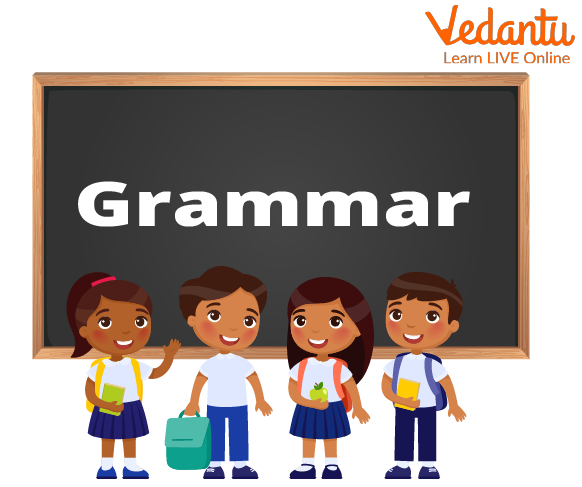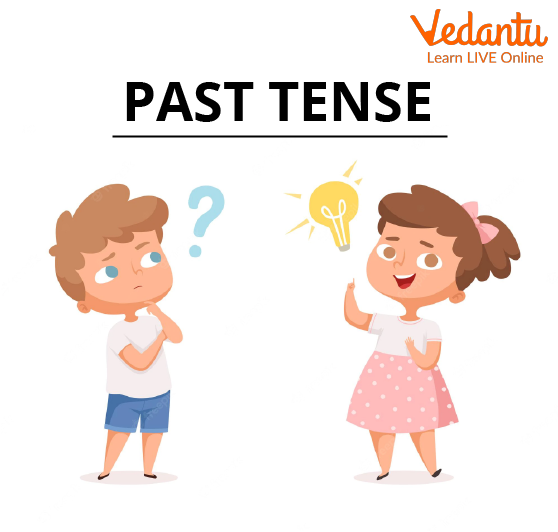Prepare for Class 8 English exams with in-depth Tense explanations, NCERT solutions, and practice questions
FAQs on The Tense in English Grammar: Comprehensive Guide for Class 8
1. What are the most important types of questions on Tenses for the Class 8 English exam 2025-26?
For the Class 8 English exam, you can expect a variety of question formats to test your understanding of tenses. The most frequently asked types include:
- Fill-in-the-blanks: You will be given sentences with blanks to fill with the correct form of the verb.
- Error Correction: A sentence will be provided with an incorrect tense, and you will have to identify and correct the error.
- Sentence Transformation: You might be asked to change a sentence from one tense to another (e.g., from Simple Present to Simple Past).
- MCQs (Multiple Choice Questions): You will choose the correct tense form from a list of options.
2. Which tenses are most crucial to focus on for the Class 8 exam?
While all tenses are important, for the Class 8 level, you must have a strong command over the following:
- Simple Present, Past, and Future: For stating facts, habits, and past or future events.
- Present, Past, and Future Continuous: For describing ongoing actions.
- Present, Past, and Future Perfect: For showing completed actions relative to another point in time.
3. How are questions on 'mixed tenses' framed in the Class 8 exam, and what is the best strategy to solve them?
Questions on mixed tenses usually appear as a paragraph-based 'gap-filling' exercise. You will be given a short passage with several blanks. The best strategy is to first read the entire paragraph to understand the context and the general time frame (past, present, or future). Then, look for signal words (like 'yesterday', 'now', 'since') and consider the sequence of events to determine the correct tense for each blank. Maintaining tense consistency is crucial.
4. What are some common errors to avoid in 'sentence transformation' questions related to tenses?
When transforming sentences from one tense to another, students often make these mistakes:
- Forgetting to change the auxiliary verb (e.g., changing 'is playing' to 'was playing' but forgetting 'was').
- Using the wrong verb form (e.g., using the base form instead of the past participle in perfect tenses).
- Not adjusting the rest of the sentence (like time indicators) to match the new tense.
5. How does choosing between Simple Past and Past Perfect tense affect the meaning of a sentence in an exam question?
This is a higher-order thinking (HOTS) concept often tested. Using the correct tense clarifies the sequence of events.
- Simple Past is used for an action that happened in the past.
- Past Perfect ('had' + V3) is used to describe an action that happened before another past action.
6. Why is maintaining a consistent tense crucial when writing a paragraph or story in the English exam?
Maintaining a consistent tense, usually the past tense for storytelling, is crucial for clarity and logical flow. Randomly shifting between past and present tenses (e.g., 'He went to the market and buys vegetables') confuses the reader and breaks the narrative structure. Examiners look for logical consistency, and incorrect tense shifts can lead to a significant loss of marks in the writing section.
7. Beyond just memorising rules, what is a practical strategy to identify the correct tense in a 'gap-filling' exercise?
A practical strategy is to look for 'signal words' or time markers. These words are clues to the correct tense. For example:
- Words like 'always', 'usually', 'every day' signal the Simple Present Tense.
- Words like 'yesterday', 'ago', 'last week' signal the Simple Past Tense.
- Words like 'already', 'yet', 'just' often signal the Present Perfect Tense.
- Words like 'while', 'at that moment' signal a Continuous Tense.
8. For the Class 8 exam, how can I avoid the common confusion between Present Perfect and Simple Past tenses?
To avoid confusion, remember this key difference:
- Use Simple Past for actions that are completely finished and occurred at a specific time in the past (e.g., 'I completed my homework yesterday.').
- Use Present Perfect for actions that happened at an unspecified time in the past or have a result/connection to the present (e.g., 'I have completed my homework.' [The result is that it's done now]).






















